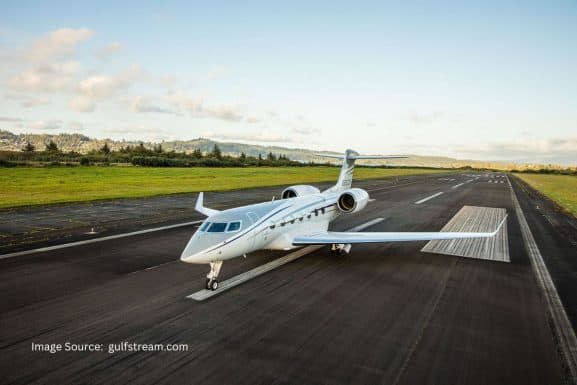Regional Connectivity Scheme (RCS)
The Regional Connectivity Scheme (RCS) is a significant initiative under the National Civil Aviation Policy 2015 aimed at enhancing air connectivity to underserved and unserved regions in India. This initiative promises to make air travel more affordable and accessible to the general public, particularly in remote areas. Let’s dive into the details, challenges, and potential impacts of this ambitious scheme.
Key Points and Challenges
- Defining “One Hour”:
- The Ministry’s statement of INR 2,500 per passenger for a one-hour flight needs clarity. Is this based on flight time or block time?
- Operational Airfields:
- Although India has 476 airstrips/airports, only 76 are currently operational. Of these, about 90-100 are usable, indicating a need for significant development.
- Viability Gap Funding (VGF):
- VGF is meant for Scheduled Commuter Airlines (SCAs), but there is ambiguity about its application to regular scheduled airlines. Clarifying this is crucial to avoid double financial burdens on airlines.
- Route Specifications:
- The Ministry must specify the definition of regional connectivity, including whether it pertains to any airport, the nearest state capital, or the closest metro airport. This will help prevent misuse of funds and ensure efficient allocation.
- Seat Capacity and Market Study:
- Minimum seat capacity on RCS routes should be determined scientifically to ensure economic viability.
- Ticket Levy:
- A 2% charge on all domestic and international tickets will fund the RCS. However, it’s unclear if this applies to tickets sold by foreign airlines, potentially creating fare disparities.
Current State of Airports
Currently, 76 airports in India have scheduled operations. The Airports Authority of India (AAI) lists 130 airports, including military airfields. Many airstrips, such as those in Raxaul and Vellore, are in disrepair and require redevelopment. Developing these airstrips into functional airports depends heavily on political will and efficient execution.
Importance of the Regional Connectivity Scheme
RCS aims to promote the use of smaller airports and boost air travel in remote areas. This initiative is expected to:
- Increase economic activities in underserved regions.
- Enhance tourism by making remote destinations more accessible.
- Create employment opportunities in the aviation and related sectors.
Suitable Aircraft for RCS Routes
For RCS routes, aircraft must be right-sized to match demand. Suitable options include:
- Turboprops:
- ATR 42-500/600 (48 seats)
- ATR 72-500/600 (72 seats)
- Bombardier Q400 (78 seats)
- Regional Jets:
- Embraer E145 (50 seats)
- Embraer E170 (78 seats)
- Embraer E175 (88 seats)
- CRJ-700 (70 seats)
- CRJ-900 (88 seats)
These aircraft are ideal due to their capacity and performance on shorter, less busy routes.
Economic Implications
The total cost to operate an ATR 72 is approximately INR 175,500 to INR 195,000 per block hour. With 72 passengers, this translates to INR 2,400 to INR 2,700 per passenger per block hour. At an 80% seat factor, the cost rises to INR 3,000 to INR 3,400 per passenger per block hour.
The government plans to fund VGF by charging 2% on every domestic and international ticket sold. With an estimated ticketing revenue of INR 51,000 crore in 2015, this levy could generate INR 1,000 crore. The Ministry and State governments share VGF in an 80:20 ratio, potentially raising the fund to INR 1,250 crore.
This fund could support 125,000 block hours of ATR 72 operations, translating to 71,500 flights annually. Assuming 6 flights per day per aircraft, the fleet size could be around 30 to 50 ATR 72s in India.





